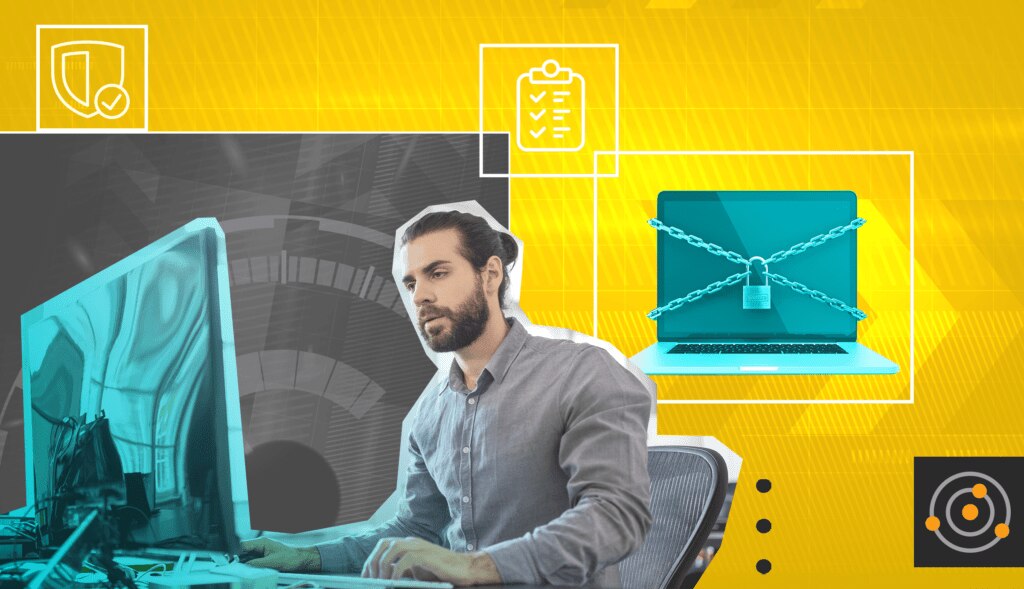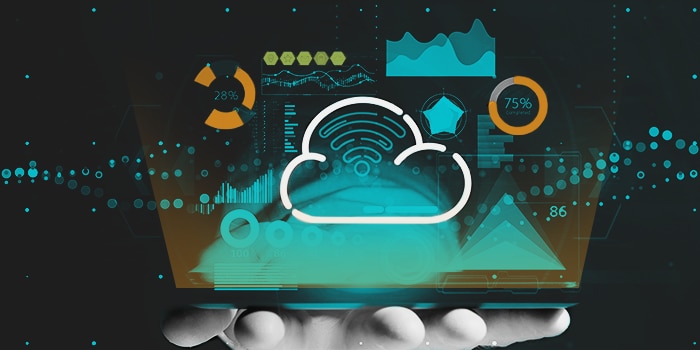We’ve officially entered everyone’s favorite time of year—tax season. You can find me rifling through the stack of mail and records I’ve been hoarding over the past year, while my husband calmly reviews his neatly archived digital documents.
Completing your tax return forces you to review all your fiscal actions from the past year, which can be made easier with secure digital tracking, tagging, and maintenance along the way. This experience isn’t far from some of the challenges that plague
IT asset management (ITAM), or lack thereof.
In recent posts centered on security, we’ve reviewed the importance of
upgrading your software among other measures, and what it means to embrace the SolarWinds philosophy of “
Secure by Design.” In addition to strengthening cybersecurity practices, have you thought about securing your physical inventory?
Over the last twelve months, our physical workplaces have changed from the traditional office building to our kitchen tables. As organizations pivoted their operations, company assets no longer resided in a dedicated office space. Rather, computers and peripheral equipment traveled to employees’ homes and remote offices. Despite not having eyes on these physical assets, the IT team and service desk are still required to have a level of visibility and access to company-owned property, to securely support employees.
This transformation of the workplace paired with the growing prominence of IT security begs the question—how can IT utilize their IT service management (ITSM) solution to better manage their assets
and secure their environment?
Establish a Filing System
With remote operations on the rise, employee productivity and business initiatives are tied to the performance of their company-owned hardware. To maximize visibility and secure your organizational ecosystem, it’s critical for IT teams to define their
asset management strategy. Connecting ITAM data into your
ITSM platform enables IT to proactively plan and perform ongoing maintenance. It also creates an outlet to view previous services, historical incidents, or trending problems associated with those devices.
Consider the
asset discovery approaches you can take to secure your environment and unearth a more complete picture of your infrastructure:
Agent-based discovery typically involves a lightweight client that can be deployed to IT hardware with an operating system. This method can help IT automatically collect data points around installed software, hardware ownership, service history, and more.
Agentless discovery extends asset tracking capabilities, empowering IT to scan their organization’s network to compile a full registry of their IP-connected devices.
Defining how you track your inventory and configuration items addresses key questions, which can impact employee productivity and business initiatives:
- How are IT-issued assets being used?
- What software or programs have been installed on these devices?
- Who has company-owned assets in their possession?
- What services have been performed on these assets?
- Have there been previously recorded incidents or known problems with this asset?
- Where is the equipment located?
- Are there other configuration items or assets this device is linked to?
- When was the asset last updated? Does it meet current security requirements?
- What is the health of the asset? Does it need to be replaced or retired?
Integrating ITAM into your ITSM platform and service management strategy helps eliminate service silos, boost employee productivity, and influence organizational processes. This can range from hardware intake and loaner programs to asset purchases and fiscal planning. From a security standpoint, a defined ITAM strategy can also help mitigate future environmental threats.
Develop Preventative Strategies to Mitigate Risk
Robust ITAM data can help organizations implement and refine preventative maintenance strategies. Doing so has the potential to reduce spend, minimize downtime, and close security gaps.
Asset discovery provides insight into the applications installed throughout the organization, which can enhance software compliance practices. This visibility enables IT to run reports on versioning and utilization which can fuel more proactive operations. Extracting this information could show if unauthorized software is installed, potentially compromising the security of company hardware, or if there’s an overage of unlicensed software being used, which could result in increased expenses.
ITAM can propel teams to perform and automate recurring
risk assessments. With access to a device’s incident history paired with additional information, such as an expiring warranty or the absence of antivirus, teams can more effectively identify and manage potential security threats. Automating how these risks are detected and escalated empowers IT to implement more preventative maintenance measures, mitigating disruption or degraded services for employees.
Much like getting your tax return ready for processing, cultivating your
ITAM strategy takes time. Standardizing how you track your organization’s assets and integrating asset data within the service desk can drive value to your overarching business and service management objectives. To keep pace with our evolving work environments and growing security challenges, it’s worth exploring the potential benefits ITAM could bring to your team.








